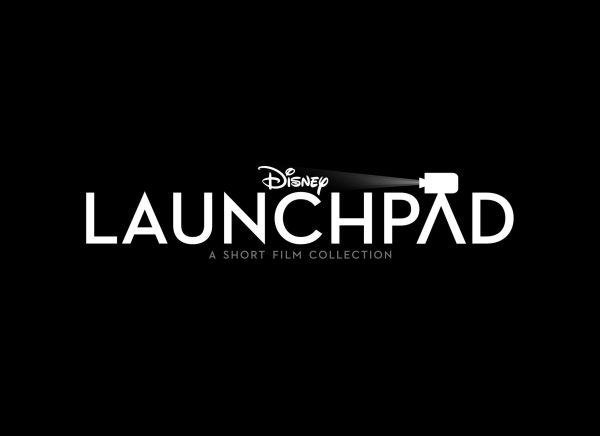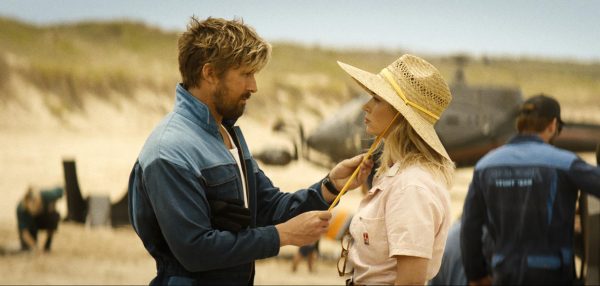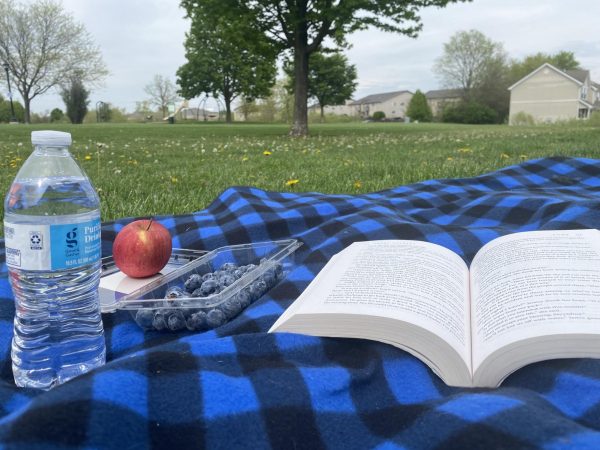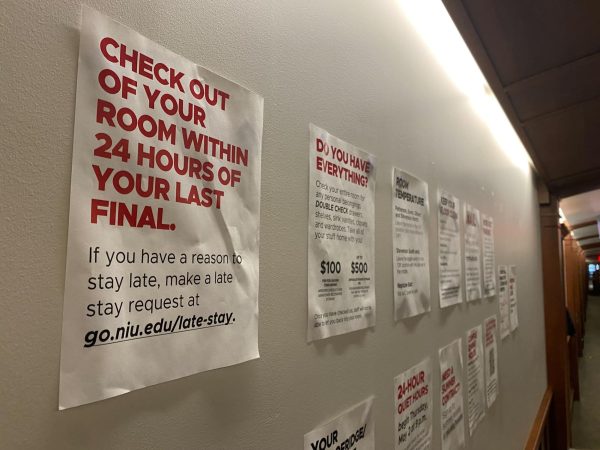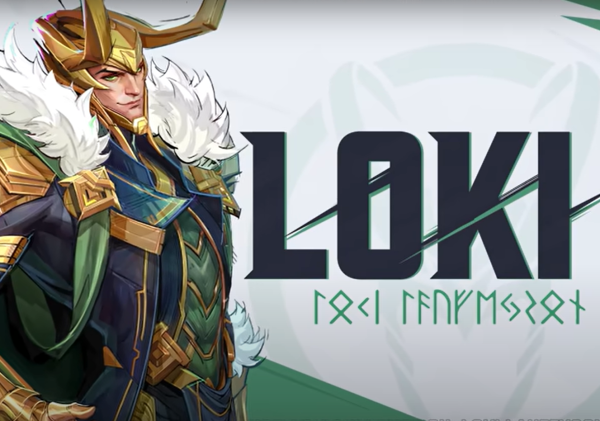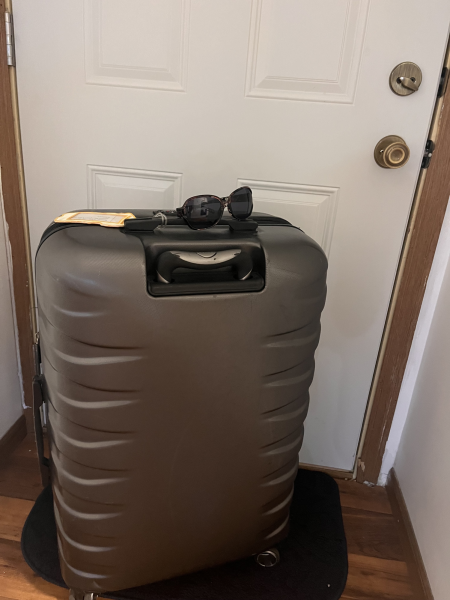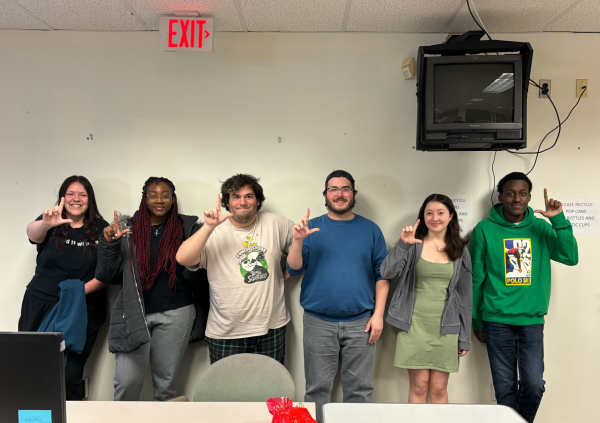‘Robogenesis’ author speaks to locals on robotics, writing
June 22, 2014
Locals discussed robitics and writing science fiction literature with Daniel H. Wilson, the New York Times-bestselling author of “Robopocalypse,” at LaTourette Hall Thursday.
The STEM Read Program hosted the event. The Northern Star spoke with Wilson, who is touring the country, about his creative process when writing about robots in science fiction literature.
Northern Star: In your presentation, you described reading as a form of time travel when you were younger. Do you think about that during you’re writing process?
Daniel Wilson: I don’t have a peculiar audience in mind when I write, besides myself. In my heart, I am a sixth-grade boy with milk shooting out of his nose at lunch, so I just write what I’m excited about.
One thing I do stick to with my writing is if I’m not excited by it, then it’s out. So, I tend to have my characters convey their interior states through action because I love reading books where things happen.
NS: I’ve noticed in pop culture there’s usually a major weakness with robots in fiction. Do your robots have that characteristic?
DW: I don’t think anything is that simple. I think of it more methodically as in we have an enemy and we have to exploit its weakness. I think a lot of it goes back to defeat technology, then you would need technology. If you look at asymmetrical warfare right now, people who are outgunned, they tend to use guerilla tactics and be adaptable and creative. And that is the essence of being human. That’s what we do.
A lot of it involves reverse engineering or exploiting weaknesses in the technology and finding those weaknesses, so like IEDs [improvised explosive device] or jamming drone signals. That’s more the mentality I have for my characters.
NS: You told the New York Times in 2006, “If popular culture has taught us anything, it is that someday mankind must face and destroy the growing robot menace.” Do you still believe that?
DW: Of course. That’s exactly what popular culture teaches us, but that doesn’t mean it’s true. Robots have existed in popular culture for nearly 100 years and they’ve always been evil. Now robots are real. So, the scales are starting to tip the other direction now because people have seen real robots. They know more about them and the old tropes that were very simplistic. They came from a time when there were no real robots.
I mean, we’re seeing movies like “Her,” “Robot and Frank” and where artists are taking on the idea of robot in a much more complex way that addresses our current world much better.




